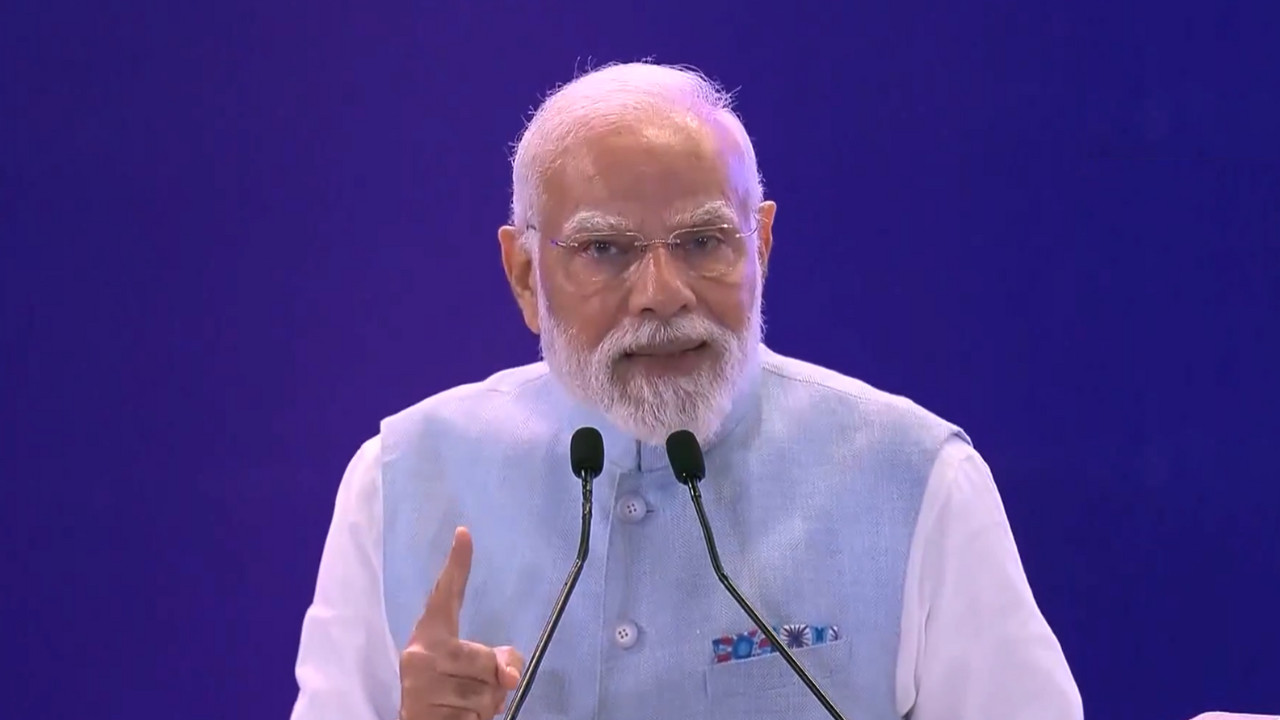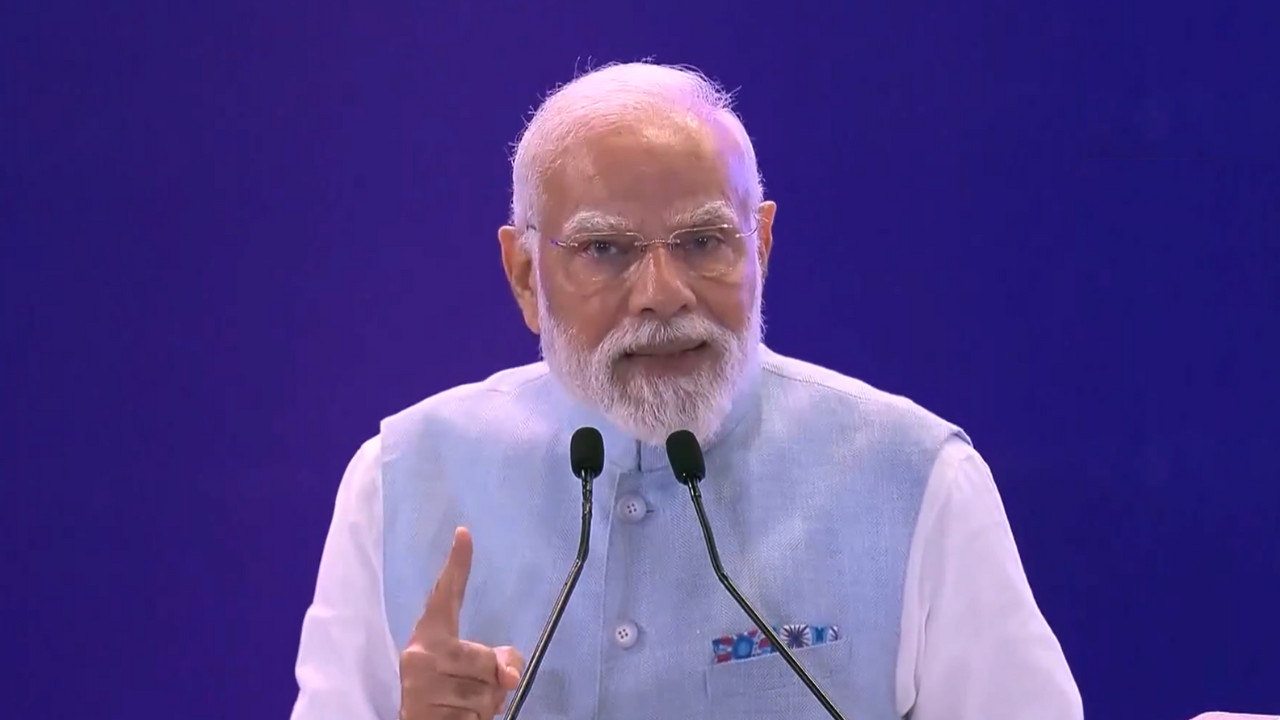The Centre is advocating for a 5% GST on electric vehicles as part of a broader tax overhaul, aiming to simplify the GST structure to two main slabs: 5% and 18%. This reform seeks to lower taxes on everyday goods while opposition-ruled states are concerned about potential revenue shortfalls and are seeking compensation.
Is Your Wallet About to Feel a GST Shake-Up?
The Goods and Services Tax (GST) system, that somewhat sprawling, often-debated cornerstone of India’s economy, is potentially on the cusp of some significant changes. Discussions are heating up, primarily surrounding the restructuring of tax rates and the thorny issue of revenue distribution among states. Get ready, because these shifts could affect everything from the price of your next electric vehicle (EV) to the services you use daily.
For those not entirely immersed in the world of fiscal policy, GST is a unified indirect tax levied on the supply of goods and services. It replaced a multitude of state and central taxes, aiming to streamline the tax system and create a single national market. But, like any grand experiment, it’s faced its share of growing pains.
A Potential Overhaul of GST Rates on the Horizon
One of the key items on the agenda for the upcoming GST Council meeting is a significant rejig of the existing tax rates. Currently, GST operates with a multi-tiered structure, with rates ranging from 0% to 28%. The clamor for simplification has been growing, with many advocating for a reduction in the number of slabs. Imagine a world where understanding your tax liability doesn’t require a degree in economics!
A key debate revolves around merging some of the existing slabs. While some propose consolidating the 5% and 12% slabs into a single, more efficient rate, the exact figure remains a point of contention. This decision carries significant weight, as it will directly impact the prices consumers pay for a wide array of goods and services. A higher merged rate could translate to increased costs for everyday items, while a lower rate could potentially boost demand. The goal, of course, is to find a sweet spot that maximizes revenue without stifling economic growth.
Electric Vehicles: Will the GST Incentive Continue?
Electric vehicles have been enjoying a relatively favorable GST rate of 5%, a move intended to incentivize their adoption and contribute to a greener future. However, even this preferential rate is under scrutiny. With the EV market gaining traction, there are whispers about potentially increasing the GST rate on EVs, perhaps to bring them more in line with conventional vehicles.
Such a move would undoubtedly impact the affordability of EVs, potentially slowing down their adoption rate. It’s a delicate balancing act: governments need revenue, but they also need to encourage environmentally friendly choices. The outcome of this discussion will send a strong signal about India’s commitment to sustainable transportation. Perhaps finding a compromise through incentives such as subsidies will be a way to balance revenue and adoption of EVs.
State Revenue Concerns: The Heart of the Matter
At the core of many of these debates lies the issue of revenue distribution between the central government and the states. When GST was initially implemented, states were promised compensation for any revenue losses incurred as a result of the new tax system. This compensation mechanism has now expired, leaving some states feeling vulnerable and pushing for a greater share of the GST pie.
Opposition-ruled states are particularly vocal about their concerns, arguing that the current revenue-sharing formula is unfair and unsustainable. They are advocating for either an extension of the compensation mechanism or a more equitable distribution of GST revenues. This pushback adds another layer of complexity to the GST Council’s deliberations, as any decision will need to address the legitimate concerns of all stakeholders.
The GST Council is also expected to discuss measures to improve compliance and curb tax evasion. This could include stricter enforcement measures, enhanced data analytics, and initiatives to educate businesses and consumers about their GST obligations.
Looking Ahead: What to Expect from the GST Council
The upcoming GST Council meeting promises to be a pivotal moment for India’s tax system. The decisions made will have far-reaching consequences for businesses, consumers, and the overall economy. Whether it’s a simplification of tax rates, a potential increase in the cost of electric vehicles, or a reshuffling of revenue distribution, change is definitely in the air.
We can anticipate continued debate and negotiation as the Council strives to find solutions that are both economically sound and politically palatable. The outcomes will undoubtedly shape the future of GST in India for years to come. Check back soon as we will continue to update you on the implications of the developing changes to the Goods and Services Tax.
The future of GST rates is dynamic and the council will need to find the best path forward.







